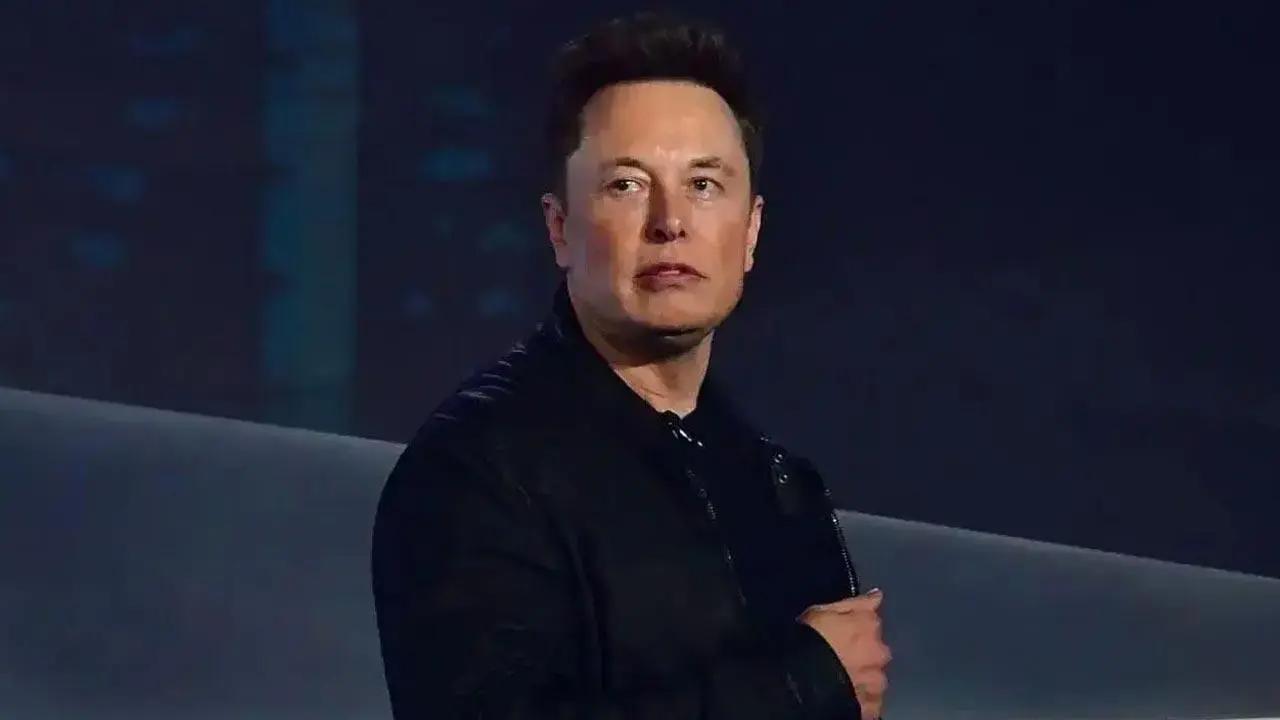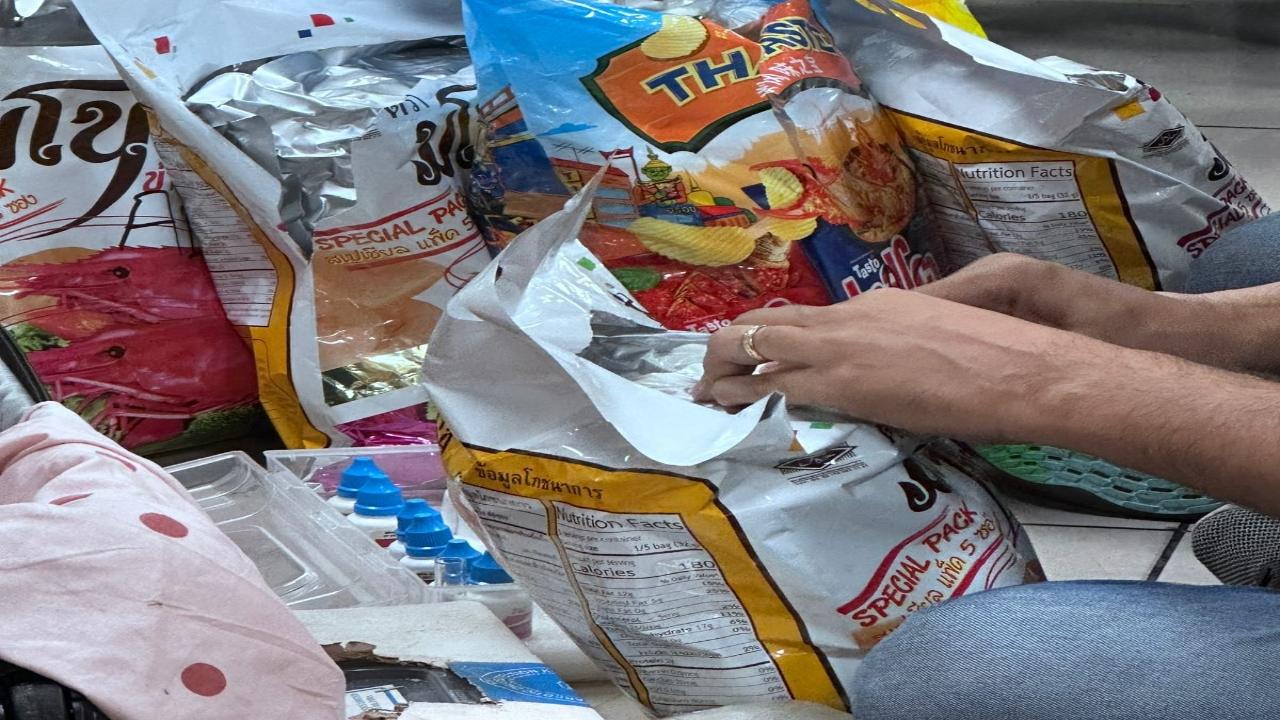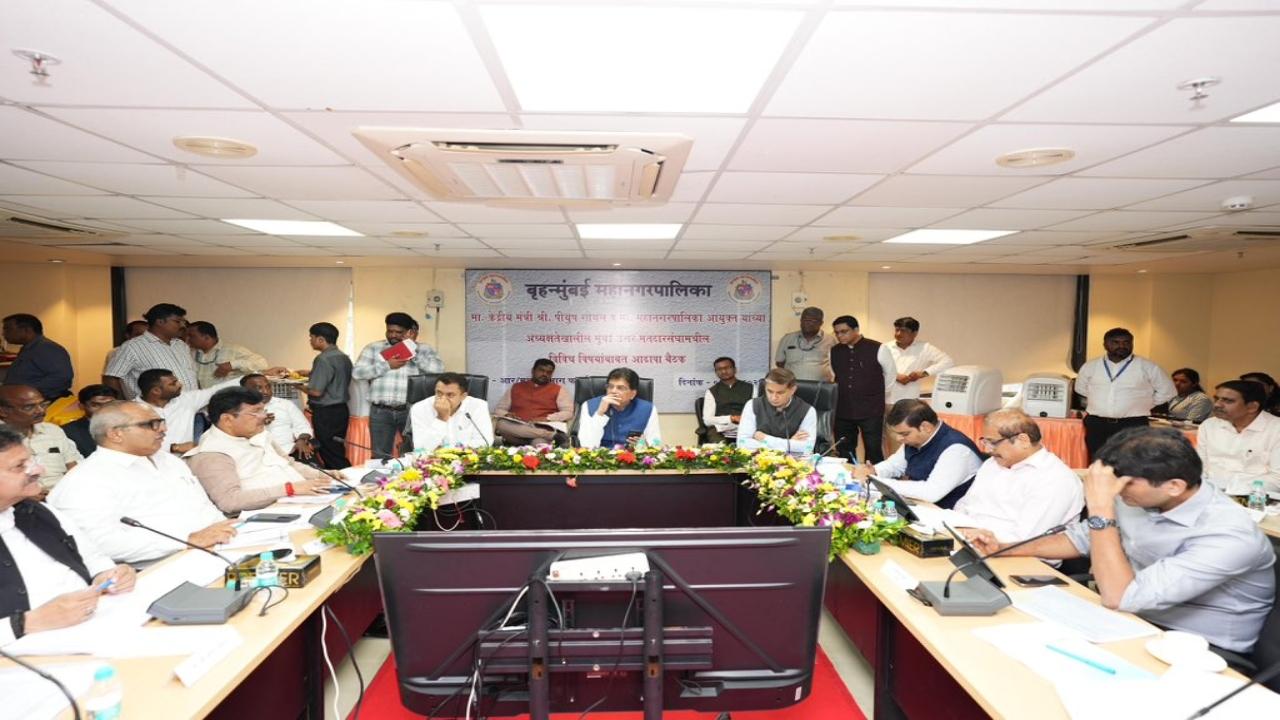Elon Musk’s Starlink has commenced the demonstration runs on Thursday in Mumbai to showcase compliance with security and technical requirements for satellite broadband services, news agency PTI reported, quoting sources.
The demo, which will also be conducted on Friday, is to be carried out before designated law enforcement agencies using the provisional spectrum assigned to Starlink, sources told PTI.
The exercise marks a significant step forward in Starlink’s planned entry into the Indian satellite broadband market, as these demonstrations are a key prerequisite for obtaining final clearances before commercial rollout.
The development comes amid rising anticipation around satellite communications in India, with major players, including Starlink, Bharti-backed Eutelsat OneWeb, and Reliance Jio-SES gearing up for the high-stakes “broadband-from-the-skies” race.
Sources told PTI that Starlink will conduct the demo to establish compliance with security norms — including the Lawful Interception System and Lawful Interception Monitoring — and with the technical conditions under the Global Mobile Personal Communication by Satellite (GMPCS) authorisation.
While Starlink has not commented on the developments, sources stated that it is targeting a capacity of 600 gigabits per second. Based on this (Gen 1 constellation) capacity and rough estimates, the company could support around one lakh connections in the future.
So far, the Department of Telecommunications (DoT) has been informed about Starlink’s three gateway locations — Mumbai, Noida, and Chennai, the sources said.
Earlier this month, Starlink’s India Market Access Director Parnil Urdhwareshe said the company is “excited” and fully focused on being ready to offer Indians a secure, compliant, and high-quality broadband experience.
Urdhwareshe also lauded the government’s coordinated efforts, acknowledging the involvement of the Ministry of Communications, Telecom Regulatory Authority of India (TRAI), Department of Space (DoS), InSpace, and Department for Promotion of Industry and Internal Trade (DPIIT).
“We’re just focused on being ready to provide Indians who want that option with a compliant, secure, and great experience. And we’re really excited with all of the fantastic work that the government is doing, and you see this in concert across the Ministry of Communications, the TRAI, the DoS (Department of Space), InSpace, the DPIIT — everybody’s been doing a whole lot of work to make sure that option is made available to people who want it,” Urdhwareshe had said on the sidelines of the India Mobile Congress (IMC) 2025 earlier this month.
During a panel discussion, he added that Starlink’s mission has always been to deliver high-speed, low-latency broadband, particularly in areas where connectivity has been a challenge.
“A very large percentage of Starlink users are residential users who live in rural areas, and a very large number of those users are people to whom Starlink was the first option they had for truly great broadband. So, serving those rural users is fundamental to the mission of Starlink,” he had said.
Speaking at IMC, Communications Minister Jyotiraditya Scindia highlighted that satellite communications are expanding the boundaries of connectivity — from land to sea to space.
“The Satcom market today, across telecom and broadcasting, which is at close to USD 4 billion, will triple to almost USD 15 billion by 2033,” Scindia said.
Last month, the telecom department’s apex decision-making body sought clarification from TRAI on certain aspects of its satellite spectrum recommendations, including the proposed fee for urban customers and the annual minimum spectrum charges suggested by the regulator.
(With PTI inputs)











